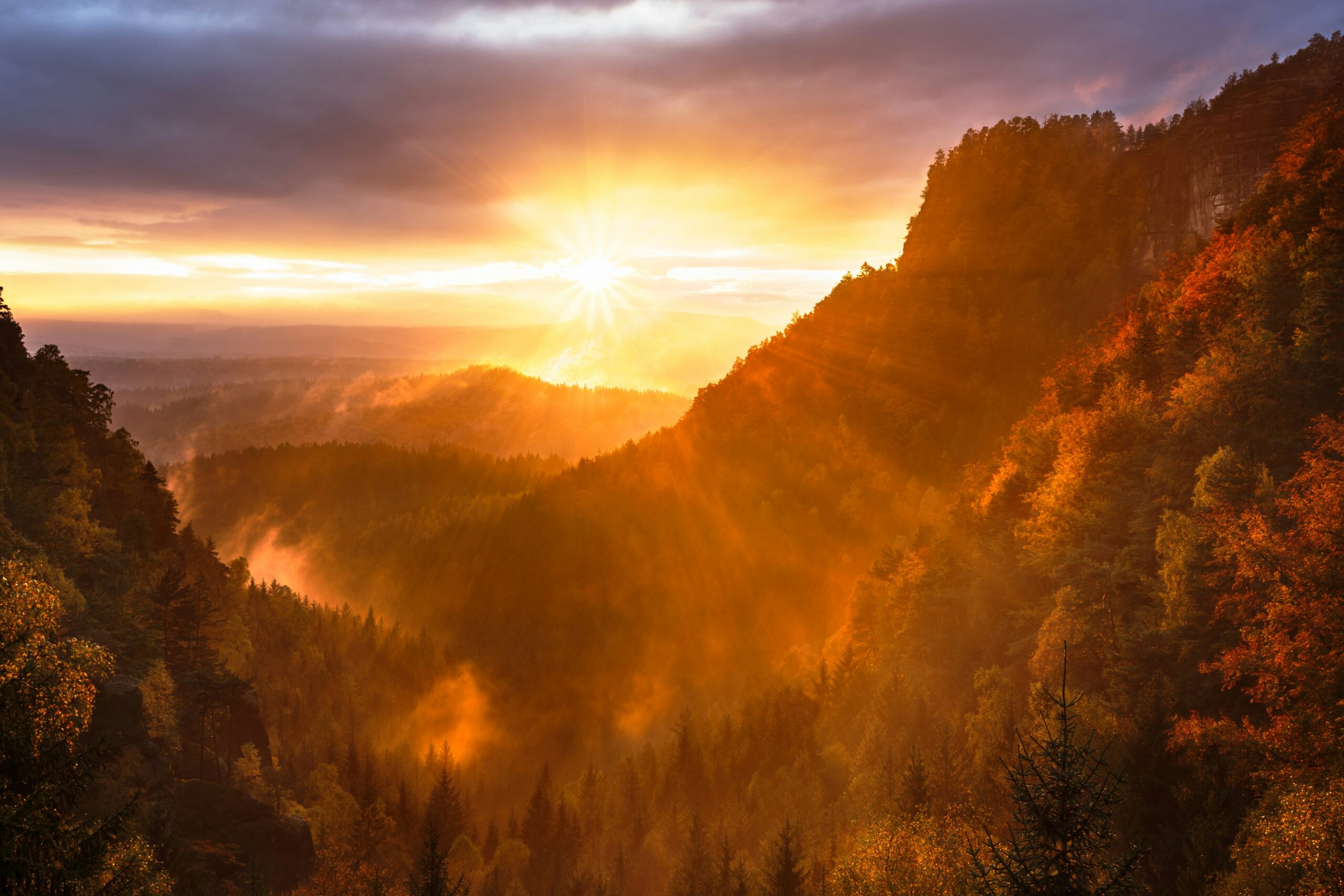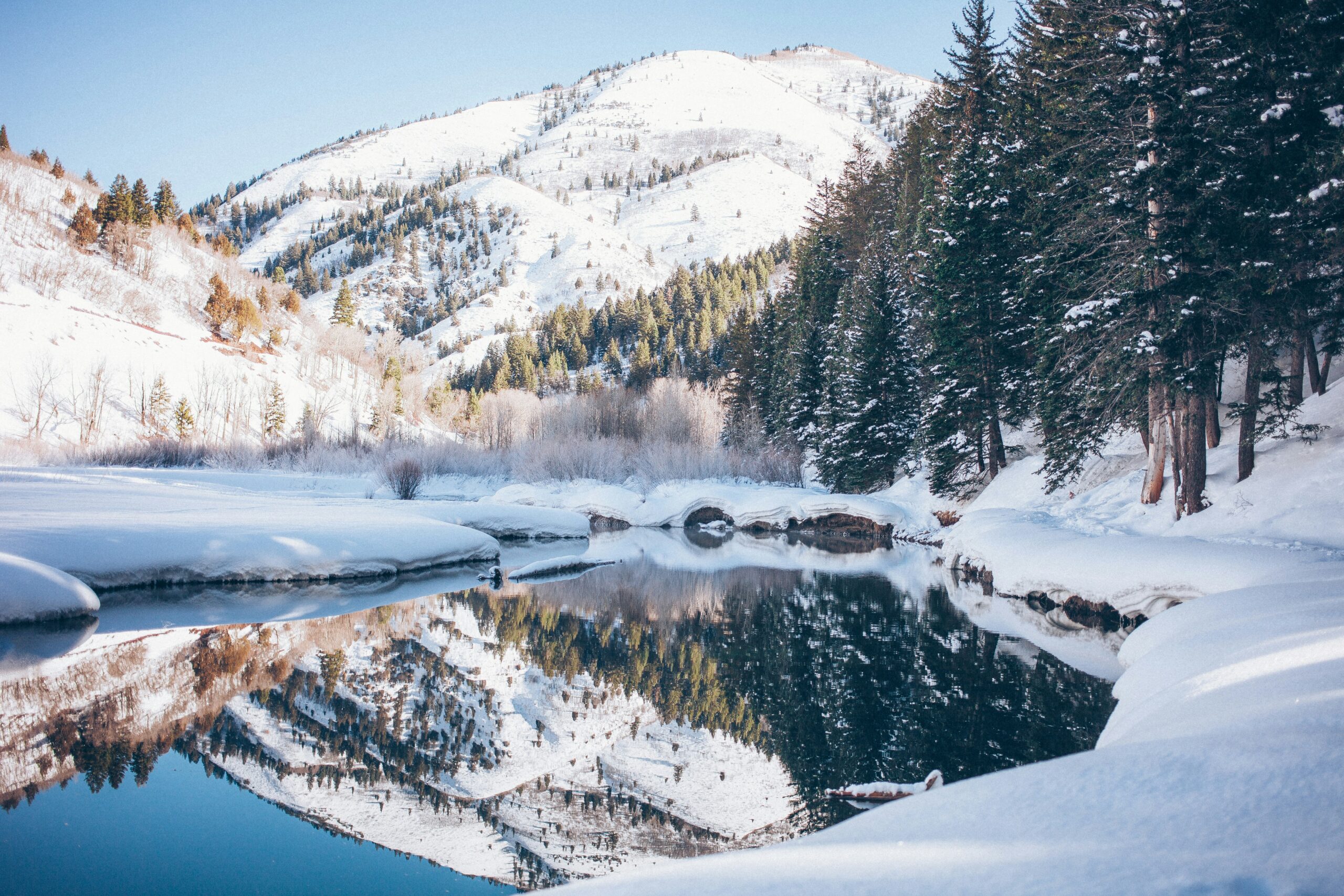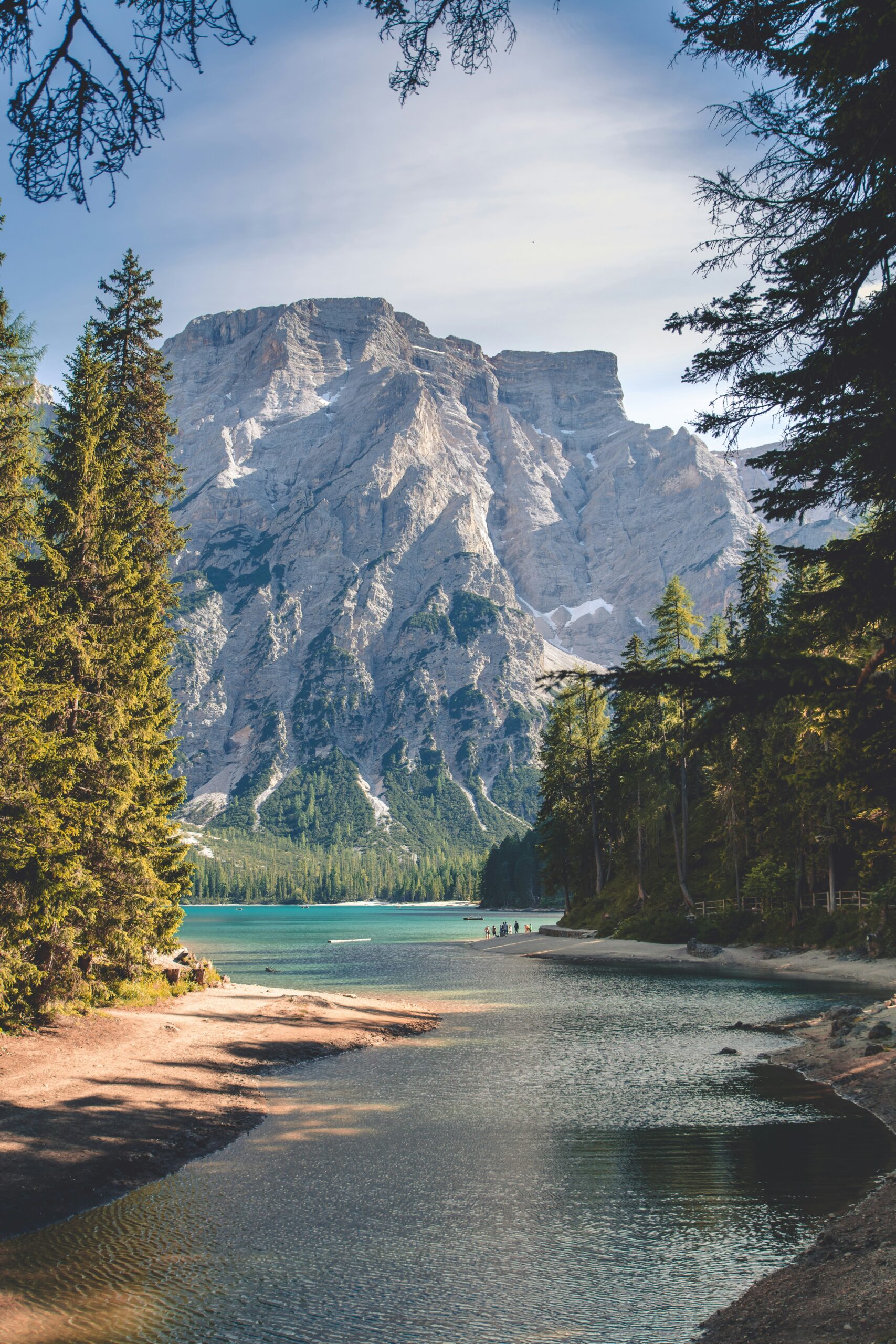Mount Shasta, the majestic peak rising 14,179 feet above Northern California, beckons adventurers and thrill-seekers from far and wide. But as exciting as the prospect of climbing this iconic mountain may be, one cannot help but wonder: are there any safety measures in place for climbers? In this article, we will explore the precautions and safeguards that climbers can expect to find while embarking on their journey to conquer Mount Shasta. Discover the measures implemented to ensure climbers' well-being, from experienced guides to mountain rescue teams on standby, and learn how these precautions contribute to providing a safer and more enjoyable climbing experience on this breathtaking mountain.
Understanding Mount Shasta
Mount Shasta is a stunning peak located in Northern California, known for its impressive alpine environment and diverse weather conditions. Understanding the unique nature of this mountain is crucial for any adventurer embarking on a climb.
Alpine Environment
Mount Shasta's alpine environment is characterized by extreme cold temperatures, strong winds, and deep snow accumulation. The mountain's elevation of 14,179 feet (4,322 meters) means that climbers will face challenging conditions as they ascend. The upper reaches of the mountain are covered in glaciers and snowfields, creating a breathtaking but potentially hazardous landscape.
Weather Variations
One key aspect of Mount Shasta that climbers must be aware of is the highly variable weather conditions. The mountain is known for rapid and unpredictable weather changes, which can pose significant challenges to climbers. Fog, snowstorms, and high winds are common occurrences on the mountain, making it essential to closely monitor weather forecasts and be prepared for sudden shifts in conditions.
Recognizing Potential Hazards
Before setting foot on Mount Shasta, it is crucial to familiarize yourself with the potential hazards that exist on the mountain. These hazards can pose significant risks to climbers and must be taken seriously.
Risk of Avalanches
Mount Shasta's steep slopes and heavy snowfall make it prone to avalanches. These natural forces can be extremely dangerous, burying climbers under tons of snow. It is vital to assess avalanche conditions, practice safe travel techniques, and carry appropriate rescue equipment, such as avalanche beacons, shovels, and probes.
Glacial Crevasses
The glaciers present on Mount Shasta create deep crevasses that can be hidden beneath the snow. Falling into a crevasse is a serious hazard, as it can lead to injury or even death. Climbers must exercise caution and use proper roped travel techniques to mitigate the risk of falling into a crevasse.
Ice Fall Hazards
Ice falls occur when large chunks of ice break off from glaciers and plummet down the mountain. These can be extremely hazardous, posing a significant risk to climbers below. It is crucial to avoid areas prone to ice falls and remain vigilant for any signs of instability in the ice formations.
Rock Fall Hazards
Mount Shasta's rugged terrain is susceptible to rock falls, which can occur at any time and without warning. Loose rocks and boulders can dislodge from the mountain slopes and endanger climbers below. Choosing a safe route, wearing a helmet, and maintaining situational awareness are essential for mitigating rock fall hazards.
High Altitude Risks
As climbers ascend Mount Shasta, they will inevitably encounter the effects of high altitude, including decreased oxygen levels and potential altitude sickness. It is crucial to acclimate slowly, stay well-hydrated, and listen to your body's signals. It's also wise to know the signs and symptoms of altitude sickness and be prepared to descend if necessary.

Preparation and Planning for Climbing Mount Shasta
To ensure a safe and successful climb up Mount Shasta, thorough preparation and planning are essential. From physical fitness to appropriate gear, climbers must adequately equip themselves for the challenges ahead.
Physical Fitness Requirements
Climbing Mount Shasta requires a solid level of physical fitness. The ascent involves traversing steep slopes, navigating through challenging terrain, and enduring long hours of strenuous activity. Regular cardiovascular exercise, strength training, and endurance-building activities are highly recommended to prepare your body for the demands of the climb.
Appropriate Gearing
Proper gear is crucial for a safe and comfortable climb. This includes insulated clothing, mountaineering boots, crampons, ice axes, helmets, and backpacks. It is essential to invest in high-quality gear that is suitable for the alpine environment of Mount Shasta. Consult with experienced climbers or mountaineering guides to ensure you have the necessary equipment.
Altitude Acclimation
As mentioned earlier, the high altitude of Mount Shasta presents unique challenges. It is essential to allow your body time to acclimate to the decreasing oxygen levels as you ascend. This can be achieved through gradual elevation gain, spending a few days at lower elevations to adapt, and being mindful of any symptoms of altitude sickness. Proper acclimation reduces the risk of high altitude-related illnesses and maximizes your chances of a successful climb.
Weather Monitoring
Given the unpredictable weather conditions on Mount Shasta, it is crucial to closely monitor weather forecasts and conditions leading up to your climb. Utilize reliable weather sources and consult with park rangers or experienced climbers for up-to-date information. Being aware of any storm systems, high winds, or other adverse weather conditions can help you make informed decisions about when to climb and whether it is safe to proceed.
Climbing Protocols on Mount Shasta
To ensure the safety of climbers and preserve the natural beauty of Mount Shasta, various rules and regulations are in place. Familiarize yourself with these protocols before embarking on your ascent.
Rules and Regulations
Mount Shasta is managed by the United States Forest Service, and climbers are expected to adhere to specific rules and regulations. These include guidelines for camping, waste disposal, and respecting the wilderness. Familiarize yourself with these regulations and ensure you comply with them to preserve the environment and maintain a safe climbing experience.
Permitting System
To manage the number of climbers on the mountain and minimize impacts on the fragile alpine ecosystem, a permitting system is in place. Climbers must obtain a permit before attempting to climb Mount Shasta. These permits help to regulate the flow of climbers and maintain an optimal balance between recreation and conservation. Make sure to secure your permit in advance and carry it with you during your climb.
Leave No Trace Principle
The “Leave No Trace” principle is essential to preserve the natural beauty of Mount Shasta. This principle emphasizes responsible outdoor ethics, including packing out all trash, minimizing campfire impacts, and leaving natural objects undisturbed. By following the Leave No Trace principle, climbers can help protect the fragile alpine environment and ensure it remains a pristine destination for future generations.

Safety Measures While Climbing
Executing proper safety measures while climbing Mount Shasta is essential for a successful and incident-free climb. These measures include travel techniques, rescue equipment, and route planning.
Rope Teams
Travelling in roped teams is crucial on Mount Shasta. Ropes help maintain a connection between climbers, enhancing safety on steep slopes and glacier travel. Rope teams allow for rescues in the event of a crevasse fall, provide extra security during challenging sections, and aid in route finding. It is essential to practice proper rope techniques and communication skills within your team.
Crevasses Rescue Equipment
Due to the presence of glacial crevasses, climbers must carry appropriate rescue equipment. This includes harnesses, prusik cords, ice screws, carabiners, and pulleys. Being prepared with this equipment is crucial in the event of a crevasse fall, as prompt rescue efforts are essential for saving lives. Familiarize yourself with proper crevasse rescue techniques to ensure you are prepared to handle such emergencies.
Navigation and Route Finding
Navigating Mount Shasta's complex terrain requires excellent route finding skills. Familiarize yourself with the mountain's topography, study route descriptions, and consult updated guidebooks or maps. Utilizing GPS devices or smartphone applications can also aid in navigation. Understanding the potential hazards and knowing how to identify and avoid them is key to a safe and successful climb.
Emergency Response and Field Rescue Operational
While climbing Mount Shasta, climbers must have a clear understanding of the emergency response resources available and the procedures to follow in case of an emergency.
Availability of Emergency Services
Mount Shasta is equipped with emergency service providers who are trained to respond to mountaineering accidents and medical emergencies. Local search and rescue teams, as well as park rangers, play a vital role in coordinating rescue efforts. However, it is important to note that response times may be delayed due to the mountain's remote location and challenging terrain. Climbers must be prepared to take self-rescue measures whenever possible.
Communication Systems
Maintaining effective communication while on the mountain is crucial. Cell phone coverage on Mount Shasta is limited or nonexistent in most areas, making it unreliable as a primary communication method. It is advisable to carry alternative means of communication, such as handheld radios or satellite communication devices. These can allow climbers to stay connected with their team and seek help if needed.
Emergency Plans and Procedures
Before setting foot on Mount Shasta, climbers should develop a detailed emergency plan. This plan should include clear protocols for contacting emergency services, steps to take in the event of an injury or accident, and communication plans with external contacts who can assist in coordinating rescue efforts. Regularly review and practice these emergency procedures to ensure you can respond effectively in high-stress situations.

Education and Training
Climbing Mount Shasta requires a certain level of technical skills and knowledge. Engaging in educational programs and training opportunities can greatly enhance your climbing experience and ensure your safety.
Mountain Skills Workshops
Participating in mountain skills workshops can provide invaluable knowledge and training. These workshops cover a wide range of subjects, including technical climbing skills, glacier travel, hazard recognition, and emergency response. By attending these workshops, you can gain practical experience, learn from experts, and develop the skills necessary for a safe and successful climb.
Avalanche Awareness Programs
The risk of avalanches on Mount Shasta makes attending avalanche awareness programs highly recommended. These programs focus on understanding snow stability, recognizing avalanche terrain, and practicing safe travel techniques in avalanche-prone areas. By developing a sound understanding of avalanche dynamics, climbers can make informed decisions and minimize the risk of encountering dangerous conditions.
High Altitude Medical Concerns Programs
Climbing at high altitudes presents unique medical concerns. Engaging in high altitude medical programs can educate climbers about the physiological effects of altitude, signs and symptoms of altitude sickness, and proper treatment protocols. Understanding these medical concerns can help climbers recognize early warning signs and take appropriate actions to prevent or manage altitude-related illnesses.
Role of US Forest Service
The United States Forest Service plays a crucial role in the management and regulation of climbing activities on Mount Shasta. Their responsibilities include enforcing activity regulations, trail maintenance, and facilitation of a safe climbing environment.
Activity Regulations
The US Forest Service regulates various activities on Mount Shasta to protect both climbers and the mountain's fragile ecosystem. These regulations include permit requirements, camping restrictions, and waste management guidelines. Compliance with these regulations is crucial to preserve the natural beauty of the mountain and ensure a safe and enjoyable climbing experience.
Trail Maintenance
Maintaining the trail system on Mount Shasta is essential for facilitating safe and efficient climbing. The US Forest Service oversees trail maintenance efforts, ensuring that trails are clear, well-marked, and equipped with necessary safety features. However, it is important for climbers to be prepared for varying trail conditions, especially during early or late climbing seasons when trail maintenance may be limited.
Ranger Stations
Ranger stations are strategically located around Mount Shasta to provide climbers with valuable information, assistance, and support. These stations serve as valuable resources, offering up-to-date weather forecasts, route conditions, and safety advice. Rangers can also provide guidance on regulations, permit requirements, and emergency procedures. Utilize these ranger stations as a valuable source of information to enhance your climbing experience.
Guided Climbing Services on Mount Shasta
For climbers seeking additional support, there are various guided climbing services available on Mount Shasta. These services offer numerous benefits and can greatly enhance the safety and enjoyment of your climb.
Service Providers
There are experienced and reputable climbing guide services operating on Mount Shasta. These professional guides are familiar with the mountain's terrain and weather patterns, possess technical climbing expertise, and can enhance your climbing experience through educational programs and personalized guidance. Research and choose a service provider that aligns with your needs and goals.
Benefits of Hiring Guides
Hiring a guide offers numerous benefits, especially for less experienced climbers. Guides can assess your skill level, tailor the climb to your abilities, and enhance your safety. They can provide essential climbing gear, assist with route finding, teach technical skills, and ensure proper safety protocols are followed. Guides also possess comprehensive knowledge of the mountain and can offer insights into its history, geology, and ecology.
Scope of Services
Guided climbing services on Mount Shasta offer a range of options to cater to climbers of all skill levels. From introductory climbs to more technical ascents, these services can provide tailored experiences. Whether you are a beginner looking for an educational climbing experience or an experienced climber seeking challenging routes, guided services can cater to your specific needs, ensuring a safe and rewarding adventure.
Community & Environmental Responsibility
As climbers, it is our collective responsibility to protect and preserve the natural environment surrounding Mount Shasta. Engaging in sustainable climbing practices and actively participating in the local community can help ensure the mountain's long-term conservation.
Environmental Protection Measures
Climbers must prioritize environmental protection while exploring Mount Shasta. This includes adhering to “Leave No Trace” principles, properly disposing of waste, avoiding fragile alpine vegetation, and staying on designated trails. By minimizing our impact, we can help preserve the delicate ecosystem of the mountain and ensure its pristine beauty for future generations.
Local Community Involvement
Embracing the local community surrounding Mount Shasta is not only an ethical choice, but it also enhances the climbing experience. Support local businesses, engage with the community, and learn about the area's history and culture. Additionally, respecting the traditions and customs of the Native American tribes associated with the mountain is of utmost importance. Building positive relationships with the local community fosters mutual understanding and contributes to the sustainable development of climbing activities.
Sustainable Climbing Practices
Promoting sustainable climbing practices is vital for the long-term conservation of Mount Shasta. This includes minimizing helicopter use, adopting climate-friendly transportation options, and minimizing waste generated during climbs. Embrace energy-efficient technologies, use reusable containers, and choose eco-friendly products whenever possible. By adopting sustainable practices, climbers can collectively reduce their environmental footprint and contribute to a healthier planet.
In conclusion, climbing Mount Shasta is a thrilling and rewarding experience. However, it requires careful planning, preparation, and adherence to safety measures. By understanding the unique alpine environment, recognizing potential hazards, preparing adequately, and following established protocols, climbers can ensure a safe and enjoyable ascent. Remember to engage in ongoing education, respect the mountain and its community, and embrace sustainable climbing practices. Mount Shasta awaits, so embark on your journey with knowledge, respect, and a commitment to safety.
